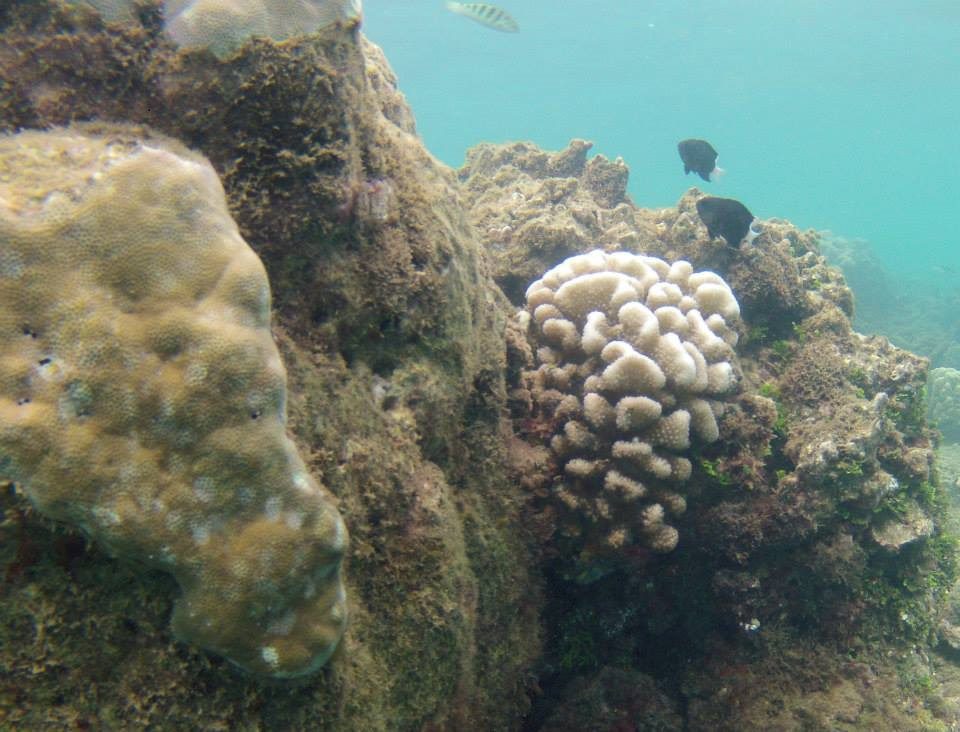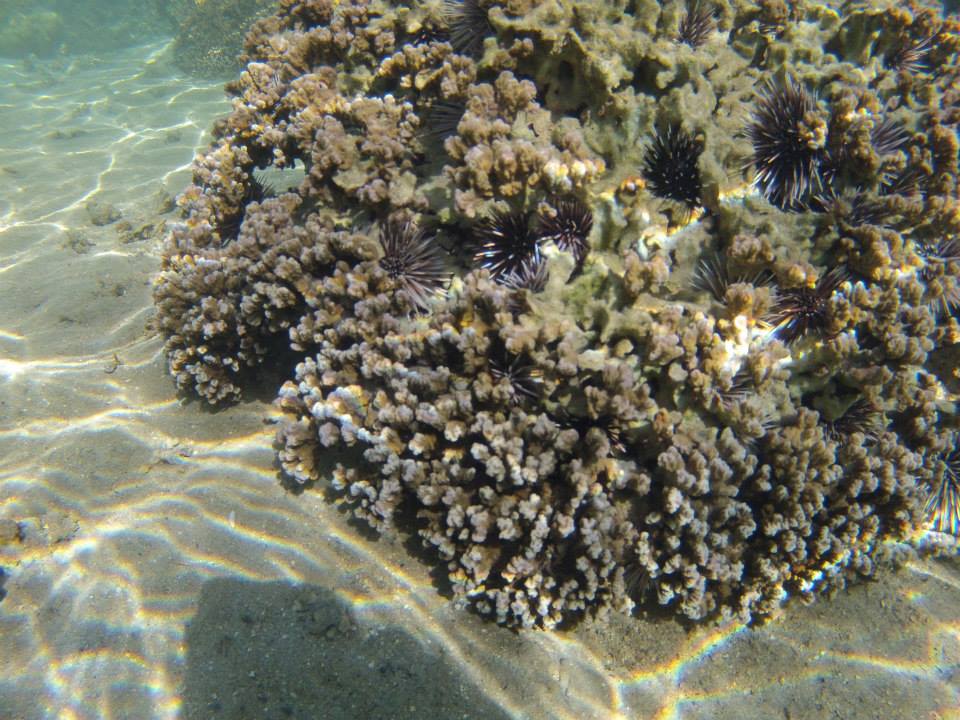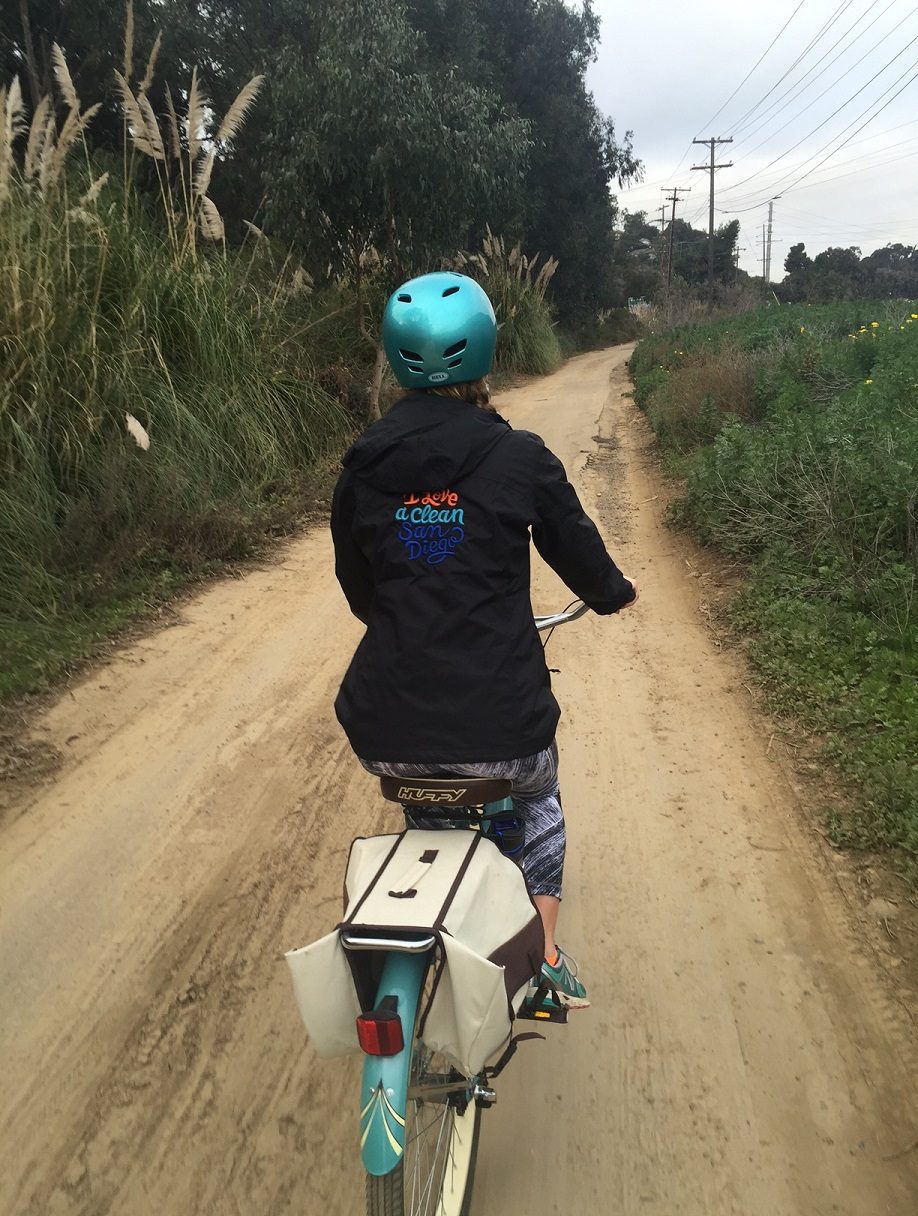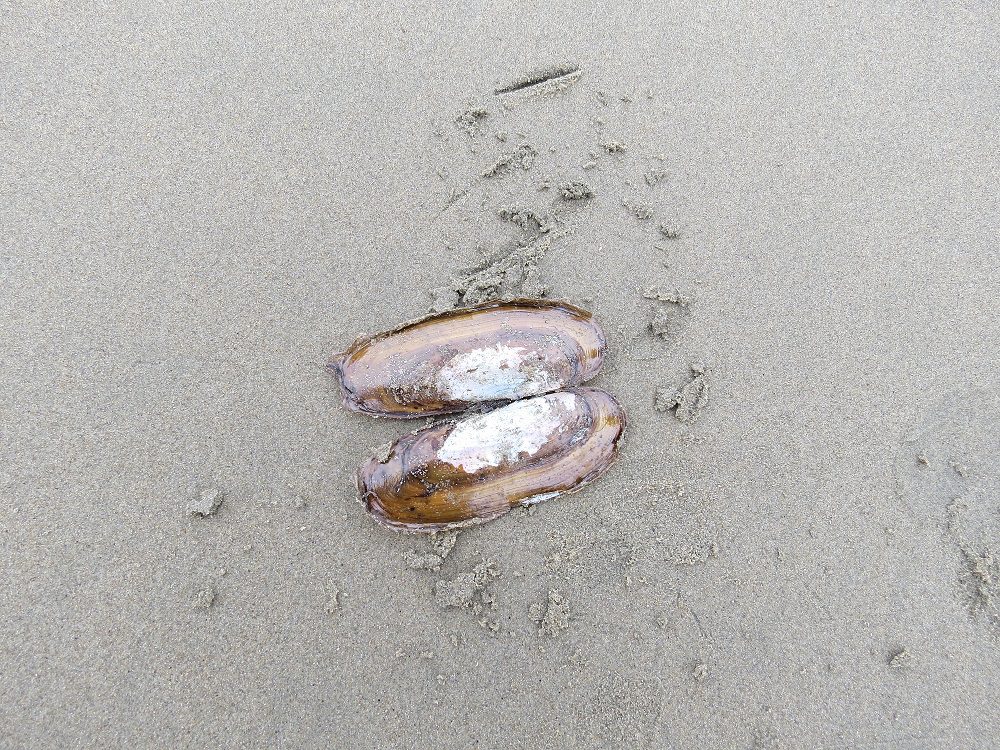Happy World Ocean’s Day! Today we celebrate the ocean for the joy it brings us, the food it provides us, and the oxygen it supplies us. The mysterious and vast ocean with its other-worldly creatures captivates young and old alike. From nudibranchs and sea hares to sharks and rays, the ocean holds amazingly unique creatures. Unfortunately, many are threatened by human actions that negatively impact their habitats. Therefore, today must also be a call to action to protect these organisms and preserve our ocean!

Ocean acidification is one way in which humans are driving drastic changes in the ocean. Ocean acidification is the alteration of ocean chemistry as a result of increased carbon absorption, which is a direct effect of increased carbon emissions. One serious consequence of ocean acidification is that it becomes very difficult for certain organisms, such as corals, oysters, and even plankton, to both build and maintain the calcium carbonate structure that they depend upon, such as shells and reefs. This can negatively impact the organism itself, as well as entire ocean ecosystems.

Thankfully, we can control how much carbon we each emit into the atmosphere. Follow these four easy steps to reduce your carbon emissions.
Travel by foot, bike or trolley more often to reduce your carbon footprint!

- Spend less time in your car. This could mean riding your bike, walking, taking public transportation, or carpooling. The average car produces about 19.6 pounds of carbon dioxide per gallon. Reducing your need to fuel up helps to lessen your impact on the environment and your wallet all at once.
- Lower your electricity bill. This doesn’t just mean turning off lights, but can include simple and easy practices such as unplugging appliances when they aren’t in use, utilizing energy saving light bulbs, and enabling the sleep function on your computer.
- Buy local. Products have less distance to travel when you choose to buy locally made and grown products, reducing the amount of energy used to transport the goods.
- Practice the 3 R’s: Reduce, Reuse, and Recycle. Go even one step further and purchase items made out of recycled material. Less energy will go towards manufacturing new products and finding natural resources to make them. Don’t know where to recycle something? Check out WasteFreeSD.org.
Looking for more tips? Come to our Zero Waste Summit this Saturday, June 11th in Encinitas to build your zero waste toolkit with great giveaways! The whole family is welcome to come out, tour our interactive booths, and hear from a panel of zero waste experts. With your effort, we can keep our oceans healthy and accessible well into the future. Enjoy World Ocean Day!






